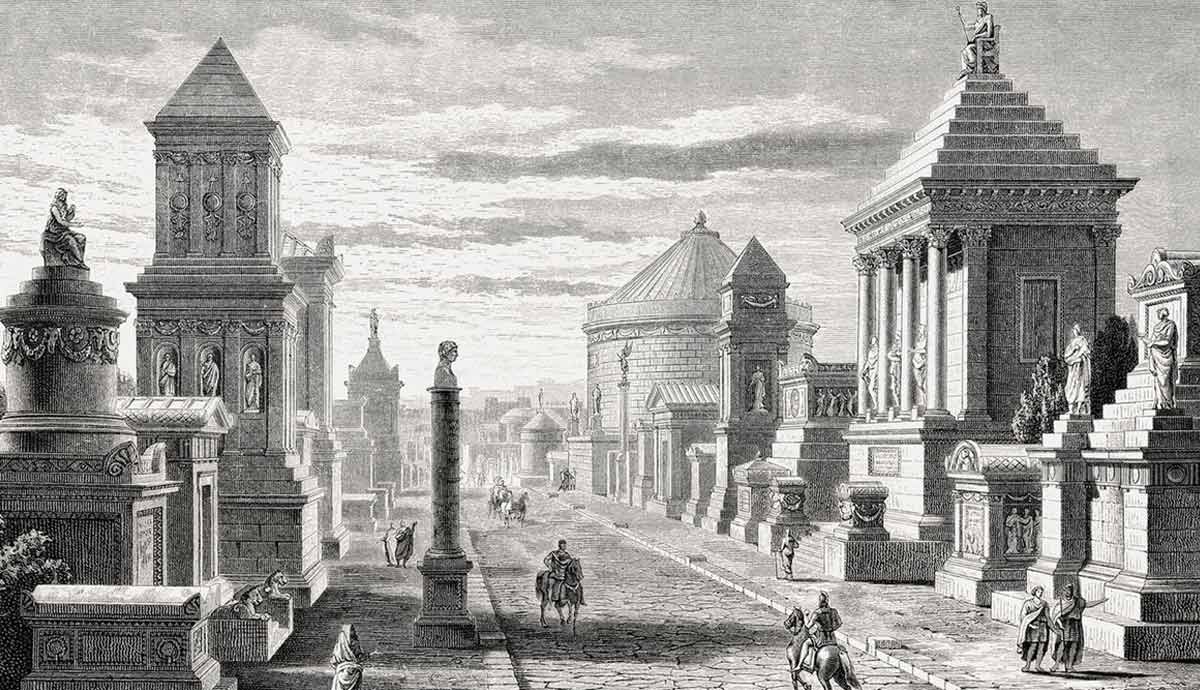
Rome’s position in the 4th century BCE stood on shaky ground. The Roman powerhouse that built an empire had just begun. The Republic’s adversaries, particularly just south of the city, threatened Rome’s growth. As Rome expanded outward, the city sought allies. The Gallic Sack of 390 BCE demonstrated Rome’s vulnerability. The Samnites would emerge as their toughest adversary. The Romans and Samnites, bitter rivals and neither willing to back down, fought three wars between 342 and 290 BCE.
The second conflict from 326-304 BCE saw the Via Appia built strategically to enhance Rome’s position. Built in 312 BCE under the consul Appius Claudius Caecus, the Via Appia improved Rome’s fortunes dramatically. With the road built, legions would move faster, especially as Rome faced a Samnite-led coalition.
Embedding Roman Culture
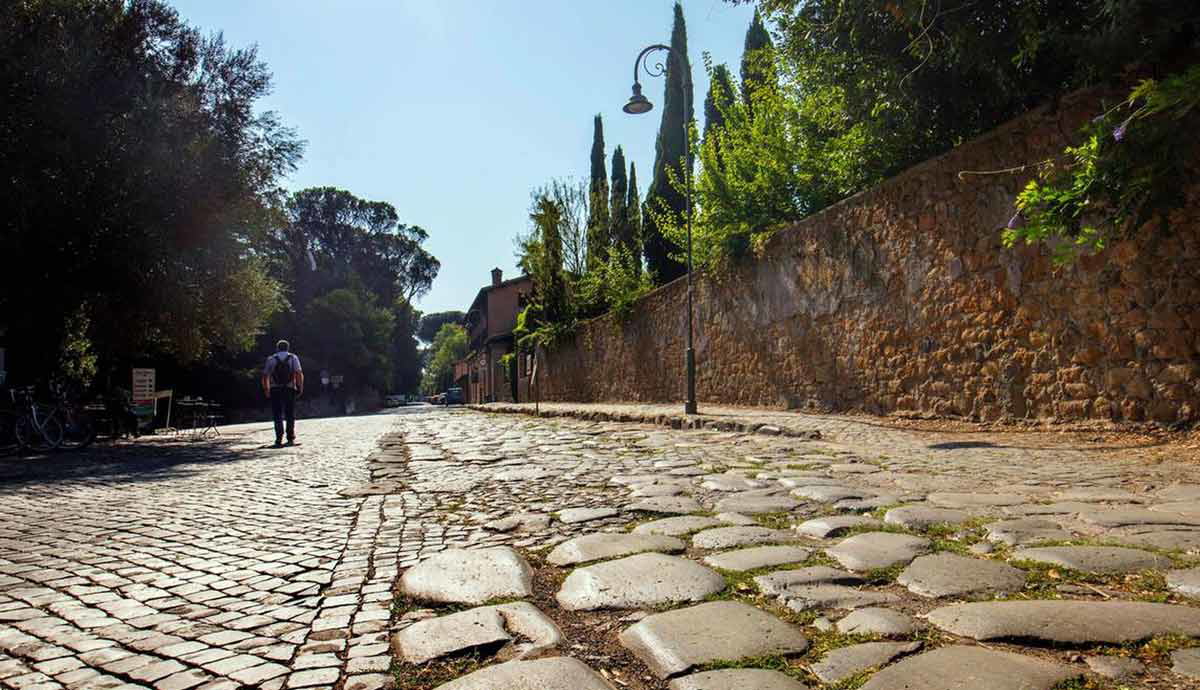
This first long-distance Roman road evolved into a nightmare for the Samnites. First built from Rome to its ally Capua, the Via Appia bypassed the impassable Pontine Marshes. With a solid, permanent connection to Capua, troops and supplies moved quickly. With the road set, the Romans established colonies like Fregellae on the River Lis or stopping points. Besides creating a ring around the Samnite areas, these settlements embedded Roman culture. The Via Appia showed Rome’s intent to remain and dominate. Rome won the second war within a decade.
Creating the Blueprint
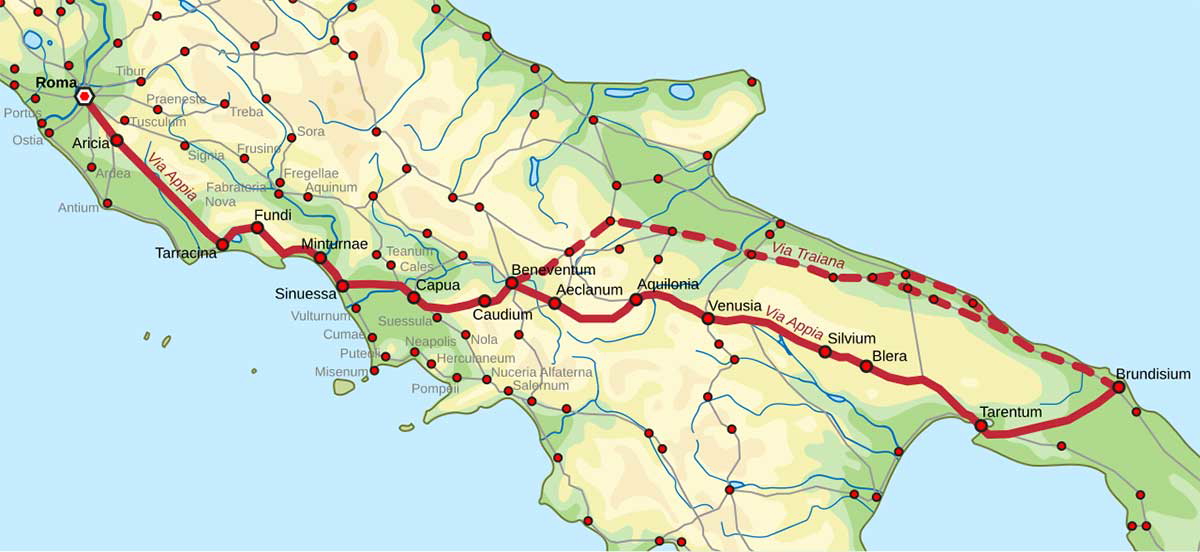
The Via Appia was Rome’s first purpose-built road used to deploy the legions or for communication. With the typical Roman practical approach, engineers built the road with straight alignment (if possible). Next, three layers were laid down using gravel, sand, and then flat stones for robustness. Engineers made the road convex to prevent erosion and for drainage. Thousands of miles of Imperial roads would follow this template to a sum of nearly 50,000 miles.
Expansion and Tightening
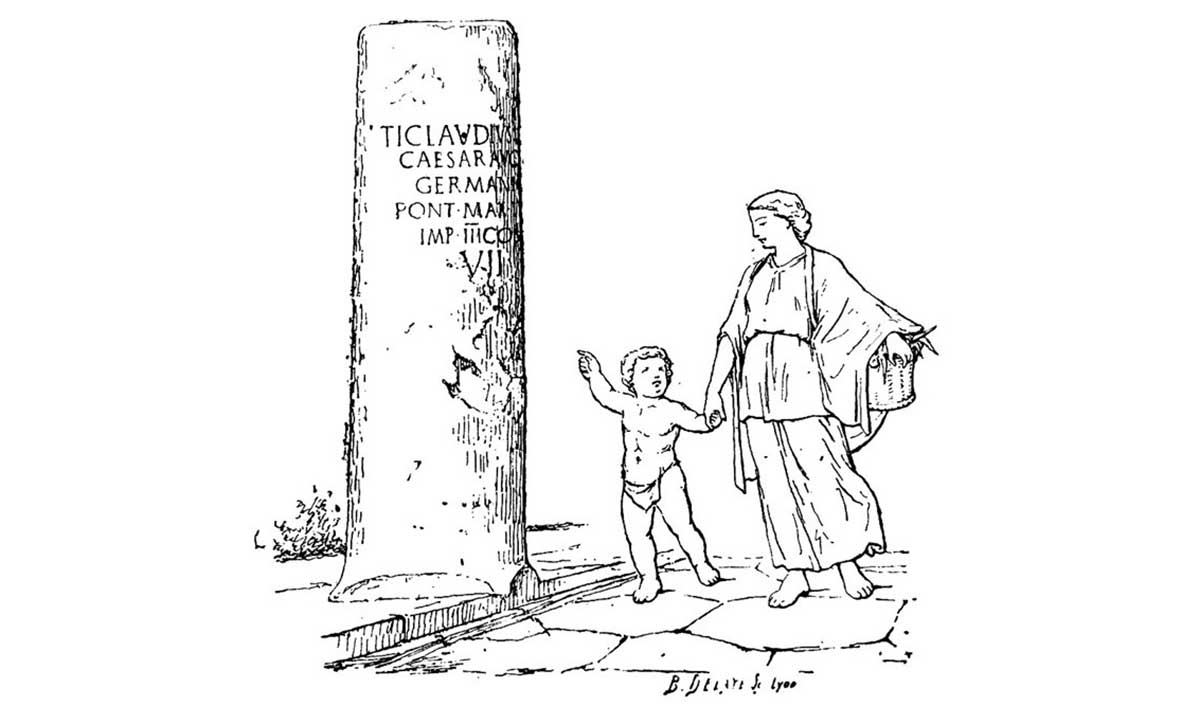
With the Samnite Wars over, Rome used the Via Appia to strengthen their control in central and southern Italy. Nicknamed “Regina Viarum” or “Queen of Roads” by the poet Statius, Rome extended the road further south to Brundisium (246 BCE) and later Venusium and Tarentum.
During the Samnite Wars, the Via Appia stretched 132 miles from Rome to Capua (today’s Naples). Engineers in the 2nd century BCE extended the road to Brundisium, linking both southern Italy and the strategic Adriatic coast (370 miles total). Strategically, Roman legions could march quickly to either deal with internal problems or for easier overseas deployments.
The mere presence of the Via Appia showed Rome’s power. The road averaged twenty feet wide, lying atop crushed stone and flat lava slab, an ever-present reminder. Next, milestones displayed distances-another subtle Roman reminder. Mile markers also had a propaganda role with inscriptions such as “IMP CAESAR DIVI F AUGUSTUS (Emperor Caesar Augustus, son of the deified one)” reminding all that this was a Roman road.
More Than Power Projection
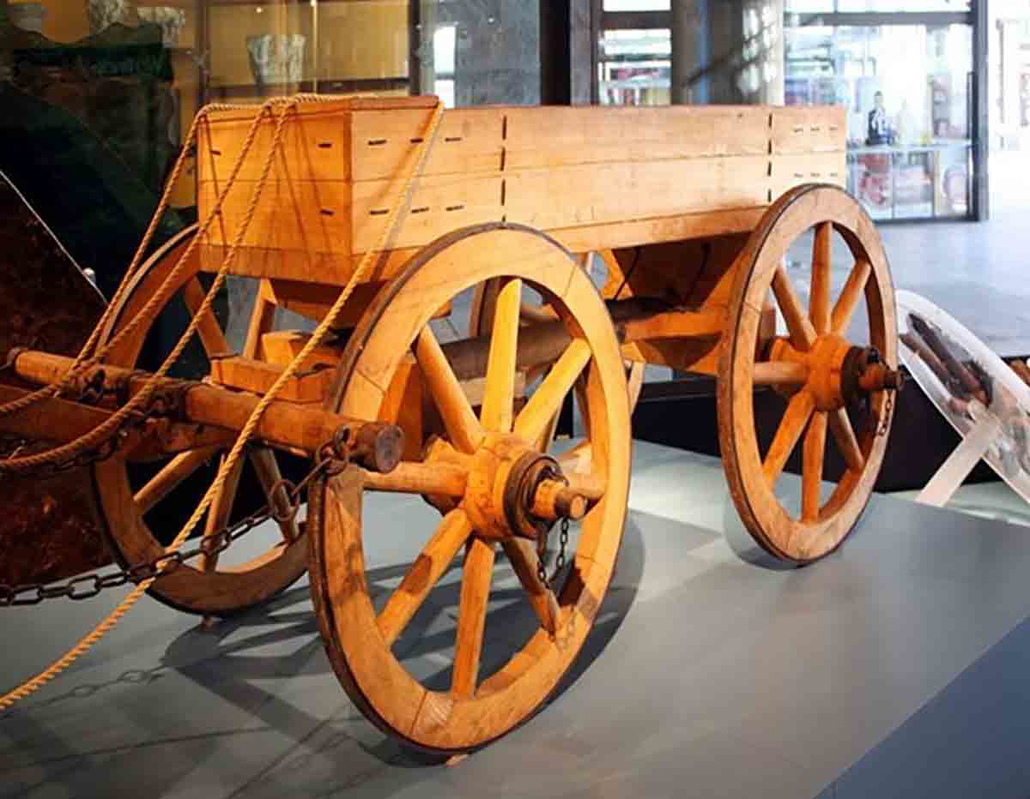
As Rome’s first road well beyond the city, the Via Appia expanded Rome’s non-military reach. With the Via Appia now ending at Brundisium, Greece, and the eastern Mediterranean lay open for trading or expansion. The city’s rulers thought the road critically important, appointing a curator of praetorian rank.
Following the now set path came Roman merchants, settlers, and culture. From the hodgepodge of tribes and city-states, the road allowed the newcomers to Romanize the landscape. Safety improved and increased the ease of travel by avoiding rugged terrain. Remember the Pontine Marshes? Merchants traded olive oil, wine, ceramics, and other goods. Cities like Tarentum, Capua, and Beneventum were now available markets.
The Via Appia brought Roman law, culture, Latin, and other bits of culture, slowly changing the local culture. The road also enabled the Roman practice of land grants to veterans. The veterans created military style towns, creating outposts along or near the Via Appia. As settlements became more established, urban buildings such as amphitheaters, forums, and baths appeared, turning them into full Roman municipalities.
More Cultural Integration-Remembrance
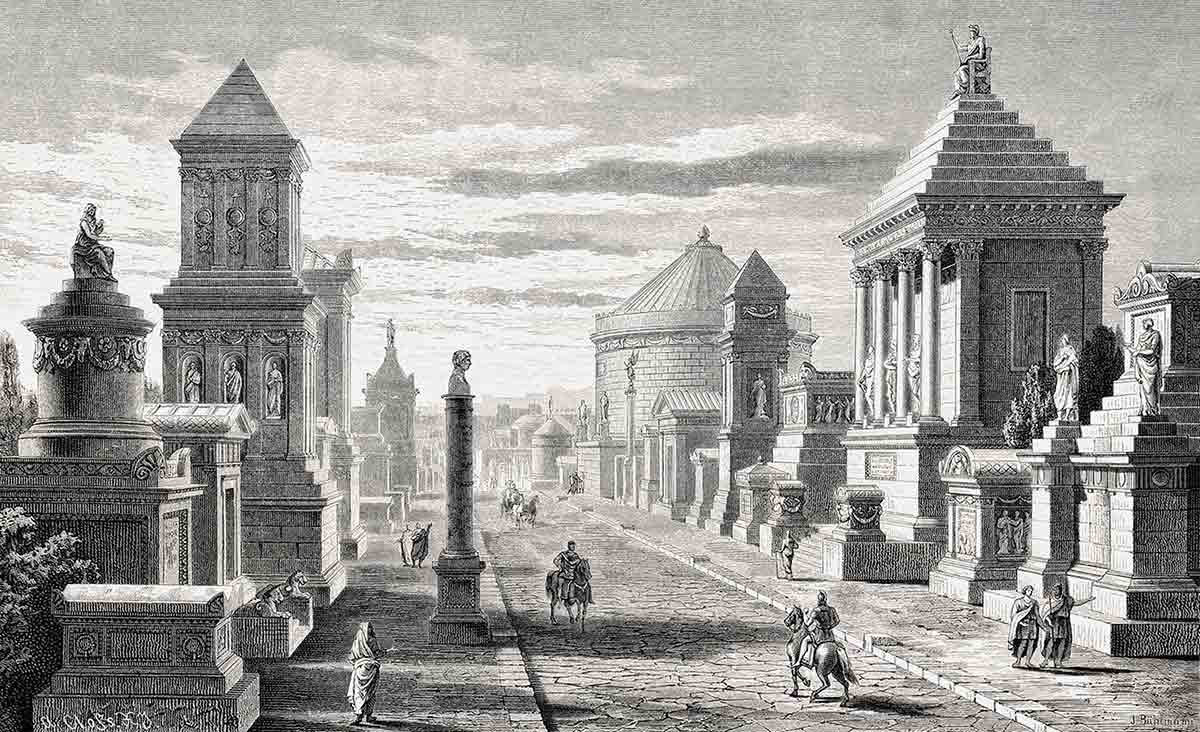
As the Via Appia kept Rome’s grip firm, more bits of Romanization sprang up. Roman law forbade burial within the city, so the Via Appia became a road of remembrance. Elite families built mausoleums honoring the deceased. More than a grave, they became elaborate tombs showing family lineage, contributions, and military victories.
In a macabre display of power and remembrance, in 73 BCE, the Romans crucified 6,000 slaves. Following a failed slave revolt led by Spartacus, Rome sought to quell rebellions with stark measures. This gave the Via Appia a new layer of meaning, showing the power of the Roman government. The Via Appia started life with a military role but brought more than power. Culture also traveled along the paved stones, setting up a centuries-long system.










